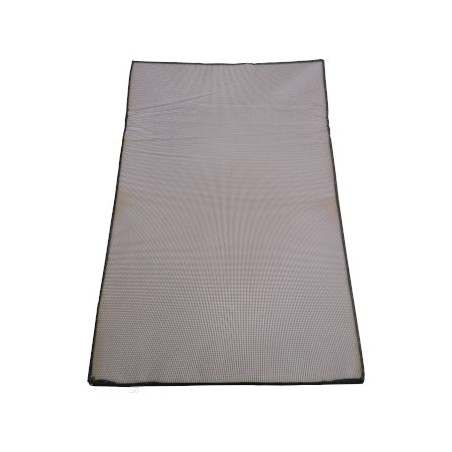![]() By using cryo-electron microscopy, CIC bioGUNE researchers have succeeded in unraveling the three-dimensional structure of the African swine fever virus (ASFV), a prerequisite not only for understanding the virus assembly, but also for controlling and, ultimately, eliminating it.
By using cryo-electron microscopy, CIC bioGUNE researchers have succeeded in unraveling the three-dimensional structure of the African swine fever virus (ASFV), a prerequisite not only for understanding the virus assembly, but also for controlling and, ultimately, eliminating it.
The research, published in The Journal of Biological Chemistry, has revealed the architecture of the virus, i.e. its spatial arrangement. Dr. Nicola G. Abrescia, Ikerbasque researcher at CIC bioGUNE who has conducted the work in collaboration with the group of Dr. Germán Andrés at the Severo Ochoa Molecular Biology Centre in Madrid, explains: “The virus structure comprises two concentric icosahedral capsids and two membranes that enclose the viral genome; in other words, the viral genome is highly protected”.

In addition, for the assembly of the outer capsid assembly, ASFV uses a major capsid protein that exhibits a fold similar to that found in other viruses, members of the PRD1-adenovirus viral lineage. These viruses are capable of infecting a multitude of organisms, ranging from bacteria to humans.
This scientific breakthrough provides the necessary framework for designing new molecules capable of interfering with the capsid assembly, preventing the formation of the infectious structure and, therefore, fighting off viral infection. It also represents a further step forward in the quest for a vaccine against this viral pathogen.
ASFV exhibits a high environmental resistance and can be spread through contact with live or dead pigs and also through the use of products of swine origin and objects such as shoes, clothing, equipment, etc.
The threat of the African swine fever virus has kept the jamon industry in Spain on alert for decades. At the end of the 50s of the last century the virus entered Spain from Portugal, which caused the ban on exporting live animals and pig products until 1995, when Spain was finally declared free of the virus. This ban caused serious losses to the Spanish economy.
A good year for research into the swine fever virus
The article published by the researchers at the CIC bioGUNE, coincides in time with studies on the same virus carried out by research groups from the People's Republic of China, which have been published in the journals Cell Research and Science. This fact demonstrates the determination of the scientific community worldwide to find definitive solutions to eradicate the ASFV and thus ease the social and economic burden on animal health and society.
November 11, 2019 - CIC bioGUNE





